Museumcamp 2016
A series of exhibition concepts documented
Main picture, the ruins of Palmyra 2016
Museum professionals, makers, designers, coders and more, joint the July 8 -10 MuseumCamp 2016 in the Allard Pierson Museum.
Three days were spent with fellow MuseumMakers, creating a unique exhibition.
Dynamic Archive documented the sessions that took place during the weekend with guests sleeping in the Allard Pierson Museum
VISIT THE 17 EXHIBITION CONCEPTS:
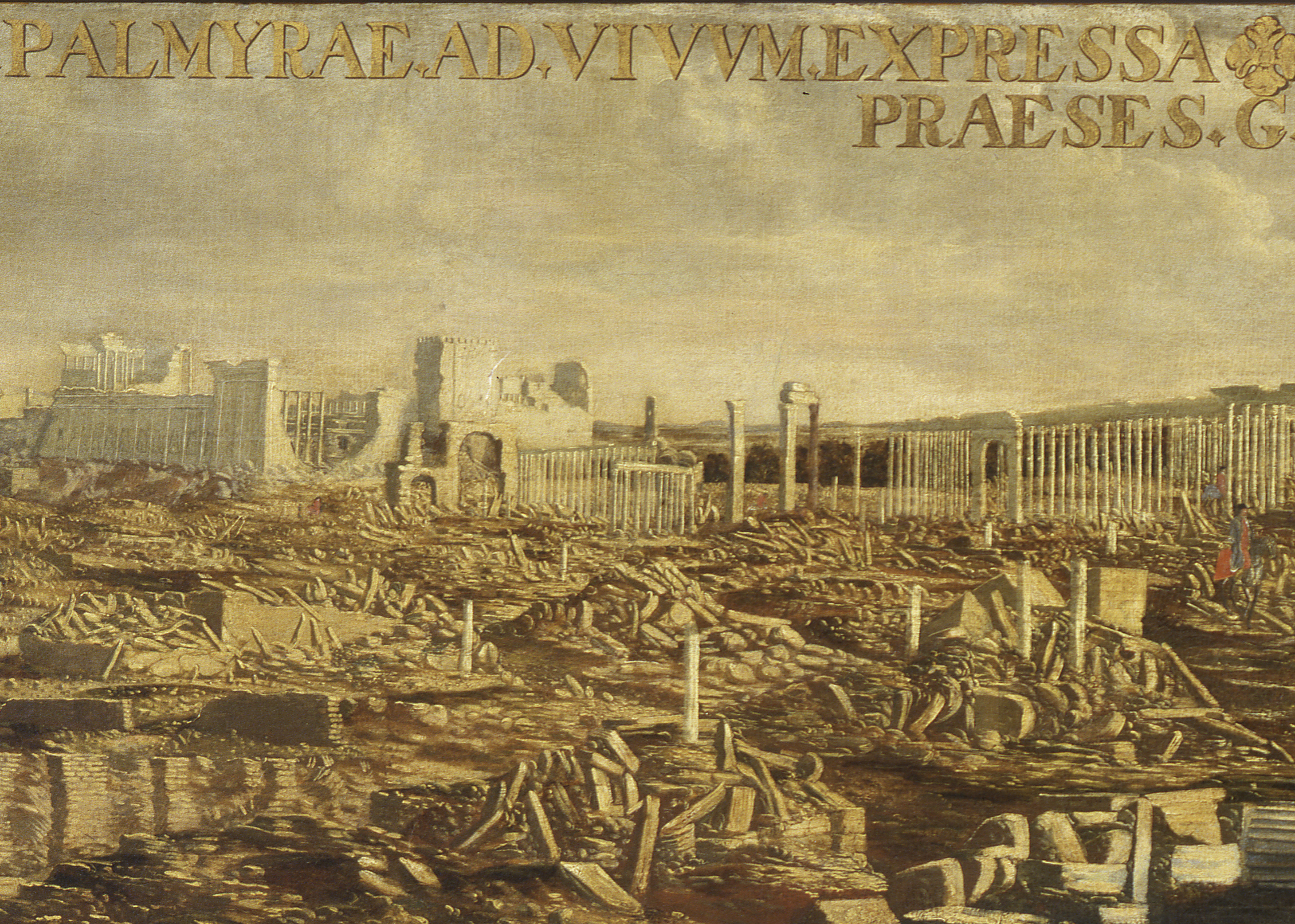
#1 The Ruins of Palmyra
This painting shows a city in ruins, the ruins of Palmyra.
Palmyra (city of palm trees) is the name that the Romans gave to Thadmor, an oasis in the Syrian Desert, north of Damascus.
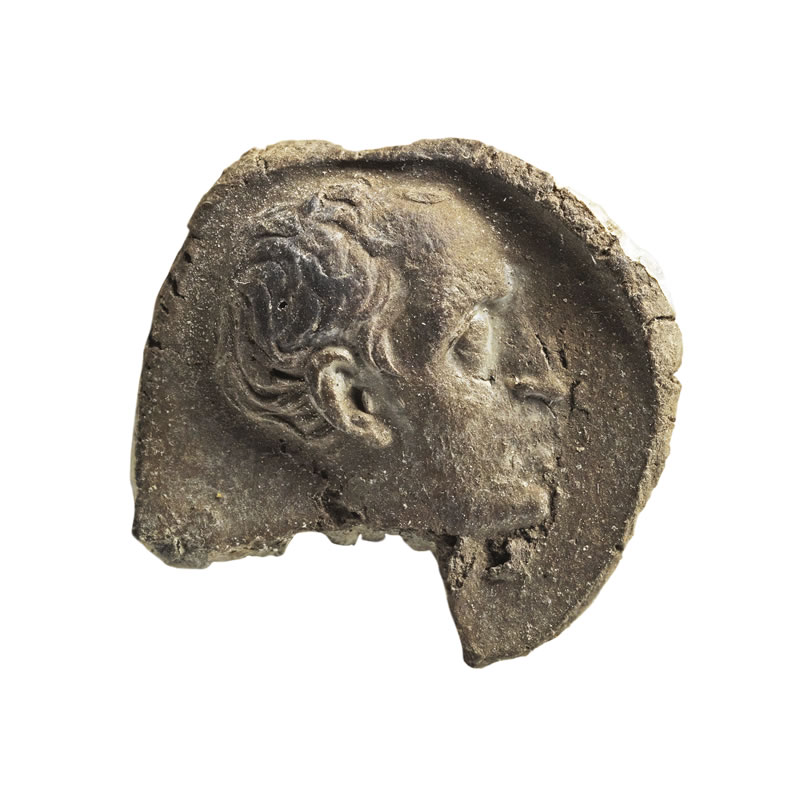
#2 Cleopatra & Caesar,
Egyptian Sealings in Clay
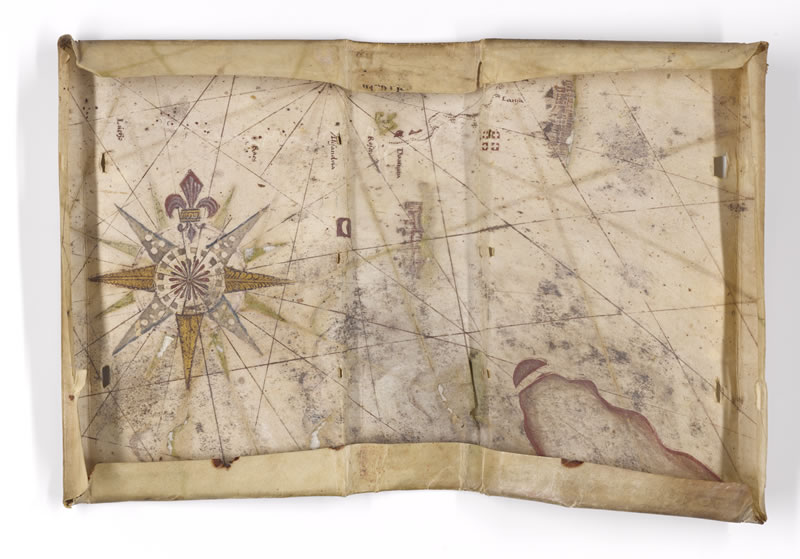
#3 Fragment of a portolan map
‘Portolan’ is the collective name for late-medieval or early-modern maps of sailing routes, trade routes and harbours in the Mediterranean
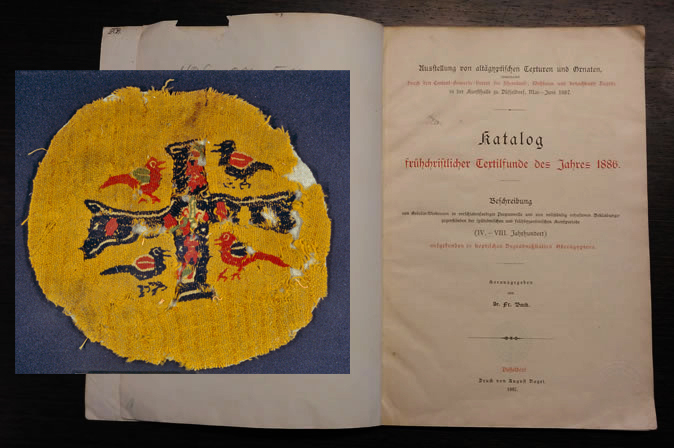
#4 Katalog frühchristlicher Textilfunde des Jahres 1886
Franz Bock was one of the most important textile collectors of the 19th century
![]()
#5 Marble relief
This relief shows two large ships sailing from a harbor
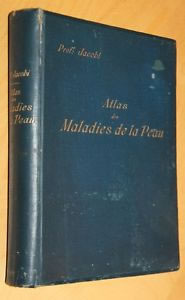
#6 Iconographie photographique des maladies de peau
The suffering of the individual is of no importance
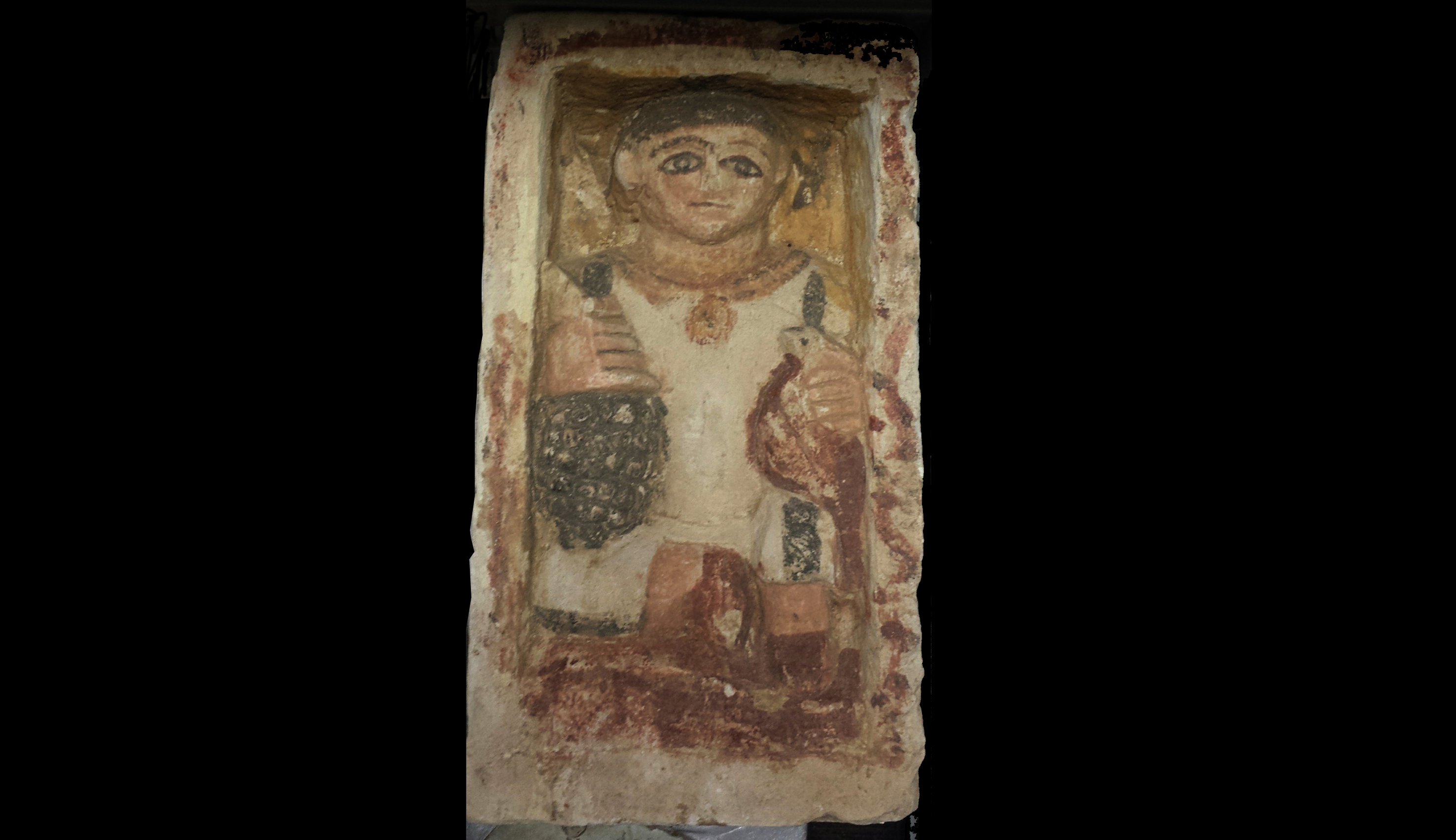
#7 Coptic relief
Real of fake?
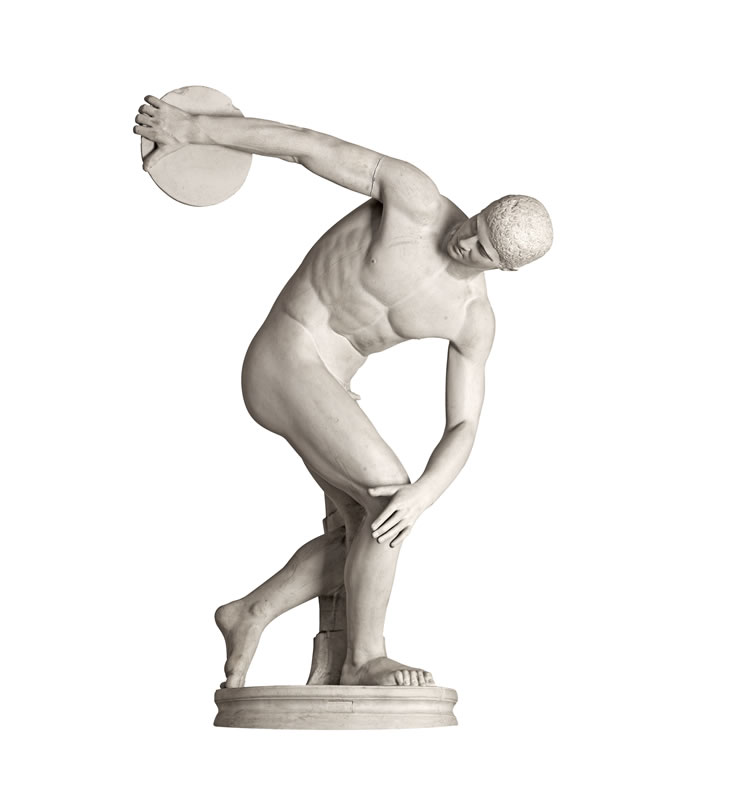
#8 Discobolus of Myron
A plaster cast of a Roman copy of a bronze Greek original sculpture dating from the fifth century BC
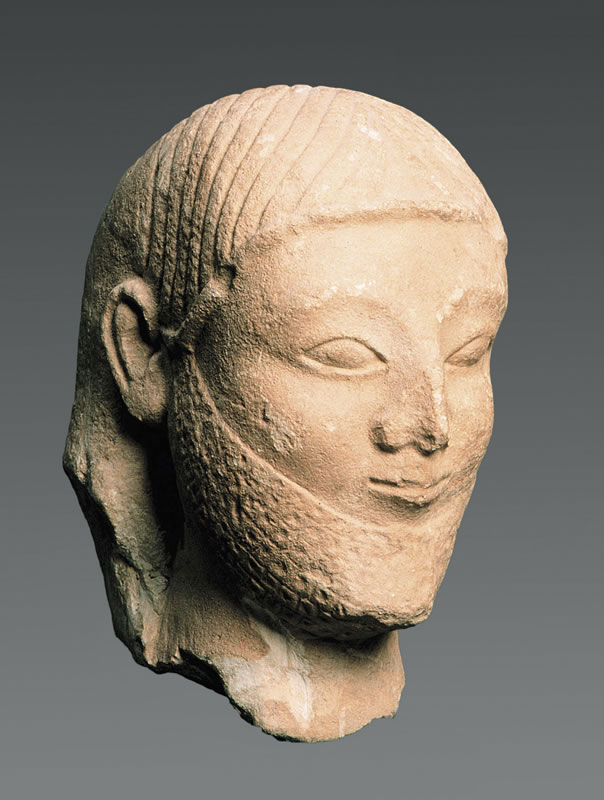
#9 Showcase mobility
This showcase is about this mobility of travelling people, ideas, art styles and objects in the period 1000-335 BC
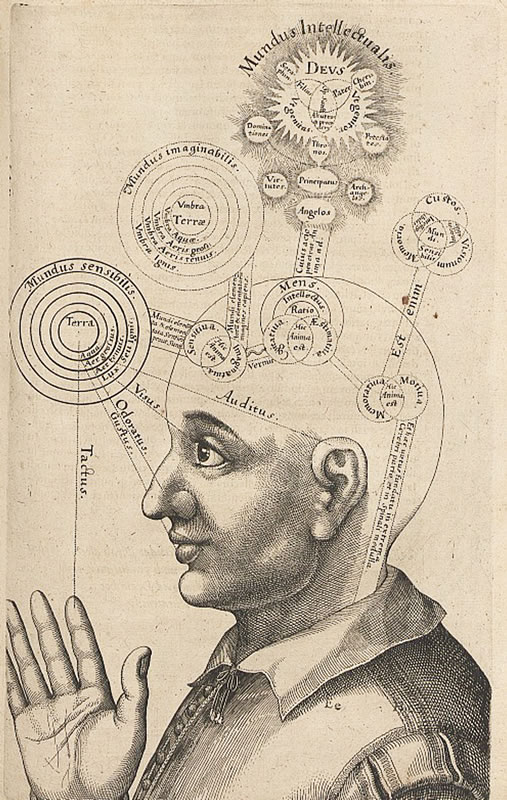
#10 Anatomiae amphiteatrum Effigie triplici
This fascinating book by Robert Fludd shows how, according to early modern philosophy, the construction of the cosmos and the anatomy of man are interconnected
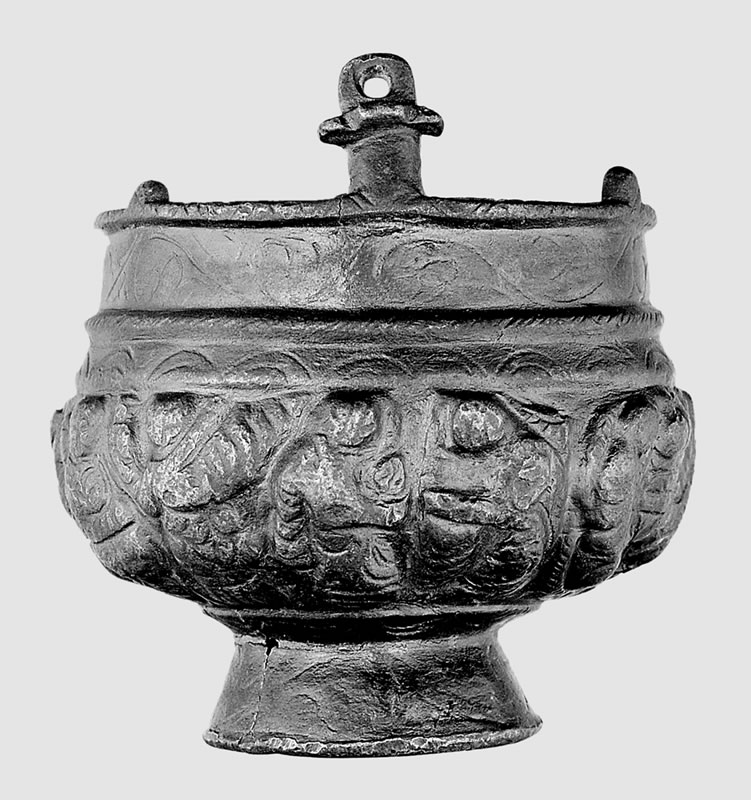
#11 Early Medieval Period in Europe (CEMEC)
These objects will be part of the CEMEC exhibition, a traveling exhibition about the Early Medieval Period in Europe.
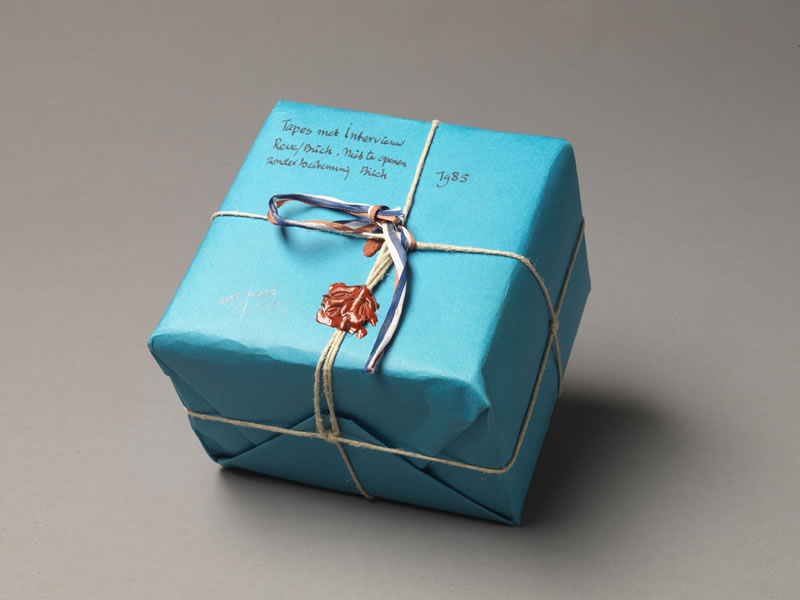
# 12 The Reve tapes of Boudewijn Büch
Exhibiting the parcel with the Reve tapes of Boudewijn Büch is showing packaging with unknown contents

#13 The rosary of Frederik van Eeden
Van Eeden’s rosary, with which he was photographed on his deathbed, symbolizes his surrender to God

# 14 Spinoza’s De Nagelate Schriften
Printing the books of Benedictus de Spinoza (1632-1677) was not without risk. His ideas, with which he laid the groundwork for the later Enlightenment, were too radical for publication - even in the tolerant Dutch Republic
# 15 Shield model and model for a helmet
Exceptional limestone model for a leather shield of Macedonian type
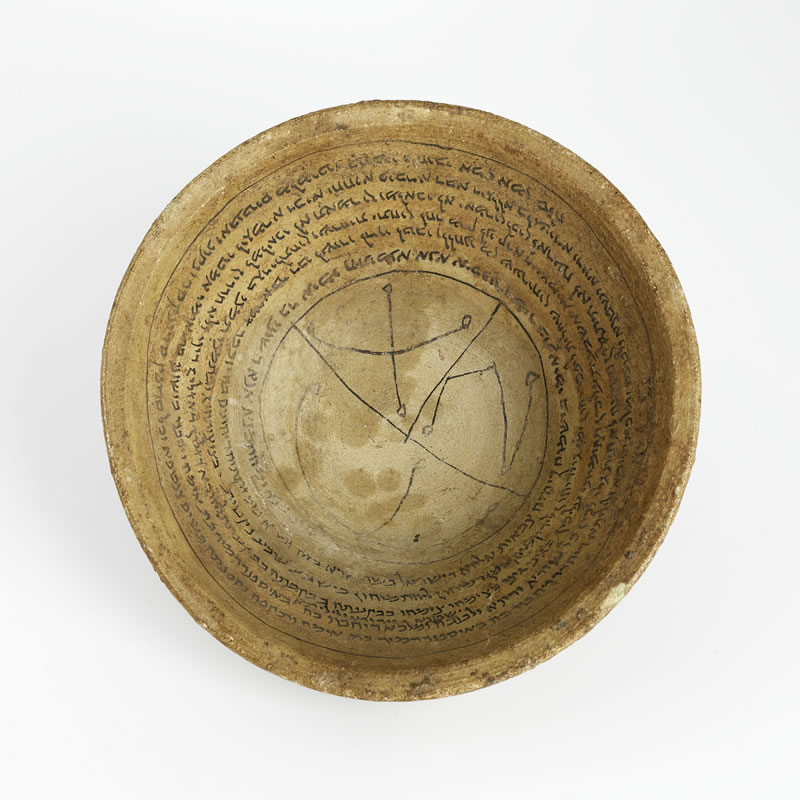
# 16 Magical bowl
The Allard Pierson Museum holds a beautiful magic ceramic bowl with Aramaic text from Mesopotamia from the sixth century. Like other magic bowls and amulets found in that region, the bowl was made to protect the home and its inhabitants from evil spirits. Magic bowls were buried upside down or in pairs against each other to catch the demons rising from the underworld.
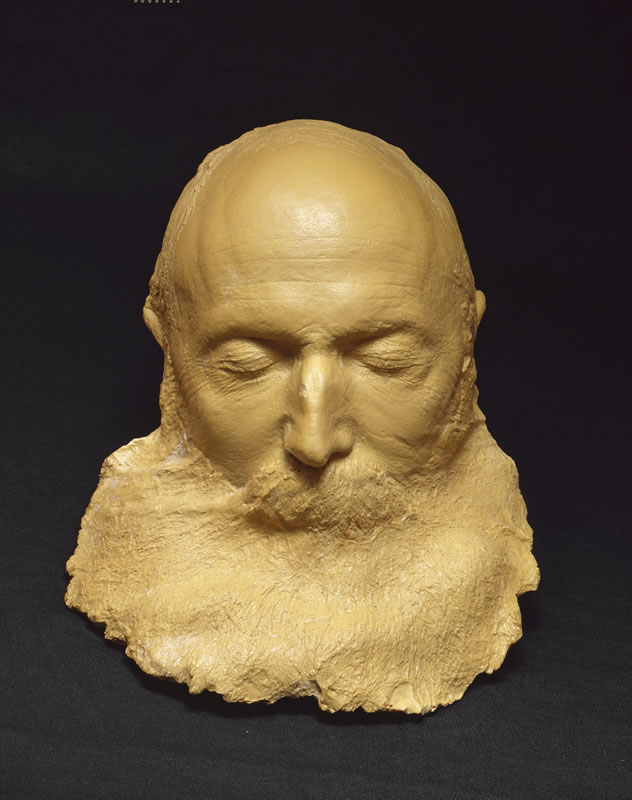
# 17 Death mask Otto Lanz
“Best art critic under surgeons, best surgeon under art critics”
Source: DNA 2016 VERSION
MuseumCamp 2016
Content is retrieved from the DNA database and presented on the Portals Artviewing.Gallery, Scenography.World, DynamischArchief.nl or private websites.
Database empowered by ArchiveTech & CrossmarX
About the 2016 DNA version
THE HAPPENING
MuseumCamp 2016: 79 experts made 17 exhibition concepts.
All participants were enabled to work in the museum (physically) and simultaneously (virtual) on the UC MuseumCamp digital platform. (presently DNA)
EXECUTING
The integrated UC APP and Collection Management System (CMS) made sharing content and concepts possible during the process immediately resulting in this web presentation.
NEW
For the first time so many experts were connected to one organization to compose exhibition concepts.
THE RESULT
Developing exhibitions with curators and designers - located anywhere - sharing the same platform, expands the making of contextual exhibitions in concert on unlimited scale.
The structure makes working in concert with an unlimited amount of experts possible. The infrastructure empowers cross bordering projects, contextual exhibition development and the set-up of MuseumCamps from the very start due to the Relation Management System (RMS) that is incorporated in the CMS.
INTERFACE
The present interface is a standard template. However, the UC Collection Management System allows any type of web presentation based on its content.
This means that anyone may propose new interfaces designed for specific content and visionary exhibitions on the web. If needed, the UC team will help implementing new interfaces.
THE UC PRINCIPLE
Terms of References of the CMS are developed through input of its users and professional representatives of cultural heritage institutions since 1999.
The flexible generic CrossmarX software allows fast implementation of new insights and requests of the users. This feature results in custom made applications that are offered to all participant users. The generic software may be compared with open source in terms of the shared development and use.
Responsive design: templates are fully responsive. Content is accessible across multiple devices, including mobiles, tablets and desktops.
The UC APP and Web account are fully integrated.